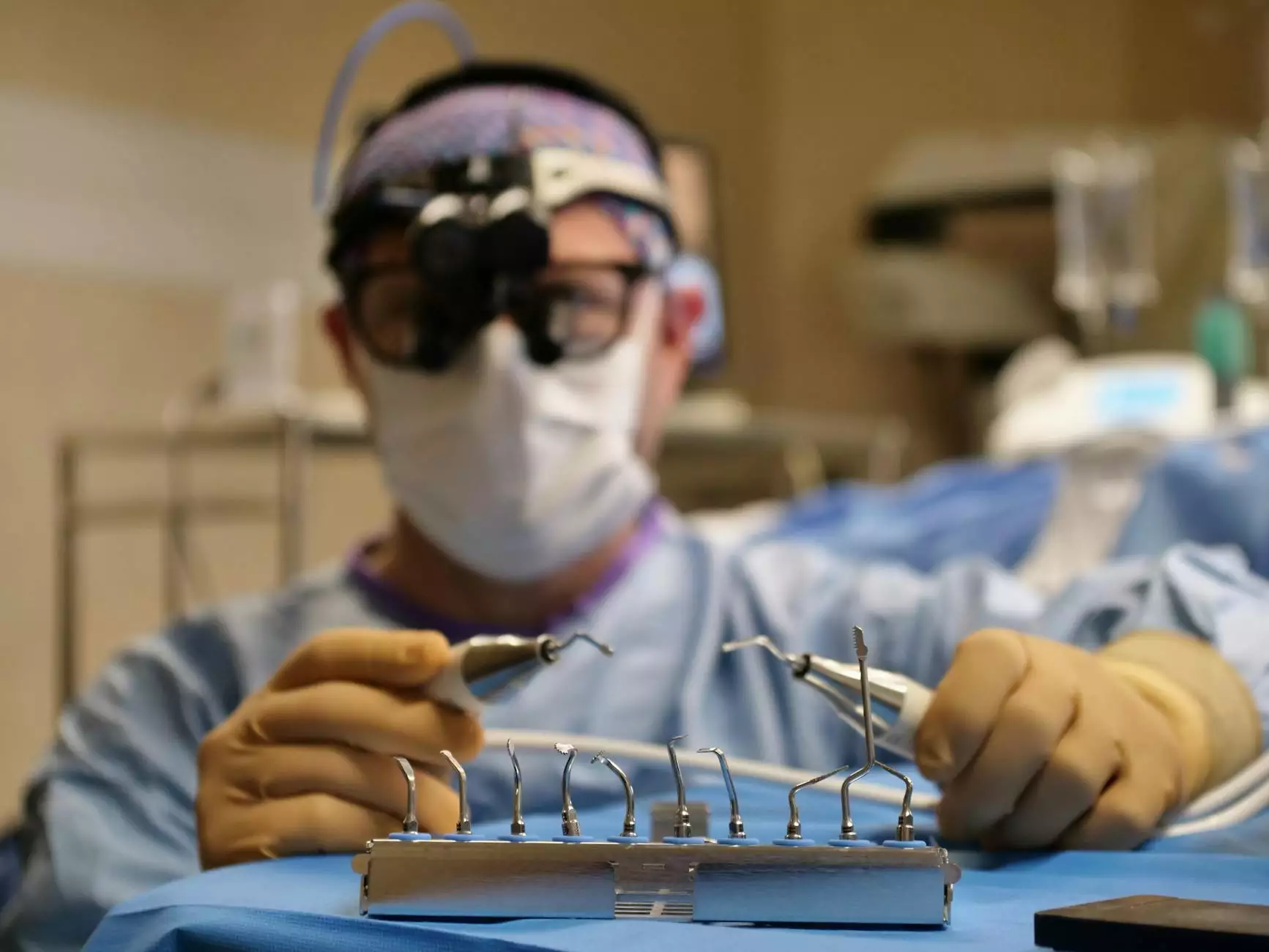The Comprehensive Guide to the Dental Implant Process

Dental implants have revolutionized the field of dentistry, providing a durable and natural-looking replacement for missing teeth. This comprehensive guide delves deep into the dental implant process, outlining each step, what to expect, and why thousands have chosen it as a solution for their dental needs.
What Are Dental Implants?
Dental implants are artificial tooth roots that are surgically implanted into the jawbone to support a replacement tooth or bridge. They are made from biocompatible materials that integrate well with the human body. The primary components of a dental implant are:
- Dental Implant Fixture: The metal post that serves as the tooth root.
- Abutment: A connector placed on top of the implant fixture, holding the crown.
- Crown: The visible part of the tooth that is custom-made to match your natural teeth.
Why Choose Dental Implants?
The benefits of choosing dental implants over other tooth replacement options include:
- Durability: With proper care, dental implants can last a lifetime.
- Natural Appearance: Dental crowns can be designed to look and function like your natural teeth.
- Improved Oral Health: They help preserve jawbone density and prevent further tooth loss.
- Ease of Maintenance: Oral hygiene can be maintained with regular brushing and flossing.
The Dental Implant Process: A Step-by-Step Guide
Step 1: Initial Consultation
The dental implant process begins with an initial consultation. During this visit, your dentist will evaluate your oral health through:
- Comprehensive dental examination
- X-rays to assess bone structure and to determine the implant's location
- Discussion of medical history and any potential complications
This step is crucial for determining whether you are a suitable candidate for dental implants.
Step 2: Treatment Planning
Once qualified, your dentist will develop a personalized treatment plan. This may include:
- Determining the number of implants needed
- Creating a timeline for the complete procedure
- Collaboration with specialists, such as oral surgeons or periodontists
Step 3: Bone Grafting (if necessary)
If your jawbone is insufficient in density or volume, a bone graft might be necessary. This procedure enhances the jawbone's structure and makes it suitable for implants. Types of bone grafts include:
- Autograft: Bone taken from another area of your body.
- Allograft: Donor bone from a human tissue bank.
- Xenograft: Bone sourced from animals, often bovine.
The healing period after bone grafting typically spans several months as the new bone integrates with the existing bone.
Step 4: Implant Placement Surgery
The next phase involves the surgical placement of the dental implant fixtures. This procedure usually occurs under local anesthesia or sedation. Key aspects of the procedure include:
- Incision: The gum tissue is cut to expose the bone.
- Drilling: A hole is drilled into the bone to receive the implant.
- Implant Insertion: The implant is placed into the hole, and the gum tissue is then sutured closed.
This step may take one to two hours and marks a significant milestone in the dental implant process.
Step 5: Osseointegration
Following surgery, osseointegration occurs. This is where the bone grows around the implant, securing it in place. This crucial period can last from three to six months, depending on individual healing rates.
Step 6: Abutment Placement
Once osseointegration is complete, a minor surgical procedure is required to place the abutment. This involves:
- Opening the gum tissue to expose the top of the implant.
- Attaching the abutment to the implant fixture.
- Allowing time for the gums to heal around the abutment.
After this step, a healing period of two weeks is typically advised.
Step 7: Crown Fabrication
With the abutment in place, your dentist can take impressions for the crown, which will be custom-made to fit your mouth. You may be provided with a temporary crown during this phase.
Step 8: Crown Placement
Once your custom crown is ready, it will be securely attached to the abutment. This final step restores your smile and oral function.
Aftercare and Recovery
Post-surgery, proper care is essential for successful recovery:
- Oral Hygiene: Maintain rigorous oral hygiene practices.
- Diet: Stick to a soft diet initially, avoiding hard and chewy foods.
- Regular Check-ups: Follow up with your dentist for periodic evaluations.
Potential Risks and Complications
While dental implants boast high success rates, there are potential risks such as:
- Infection at the implant site
- Injury to surrounding structures
- Implant failure due to improper osseointegration
It is vital to discuss these risks thoroughly with your dentist before beginning the process.
Conclusion
The dental implant process is a comprehensive and multi-step approach to restoring your smile and functionality. By understanding each phase, from initial consultation to crown placement, patients can feel empowered to make informed decisions regarding their dental health.
Considering dental implants? Look no further than Turkey Dental Clinic. With a team of experienced Dentists, Cosmetic Dentists, and Orthodontists, we are committed to providing you with the highest quality of dental care tailored to your needs.
For more information or to schedule a consultation, visit turkeydentalclinic.com today!









